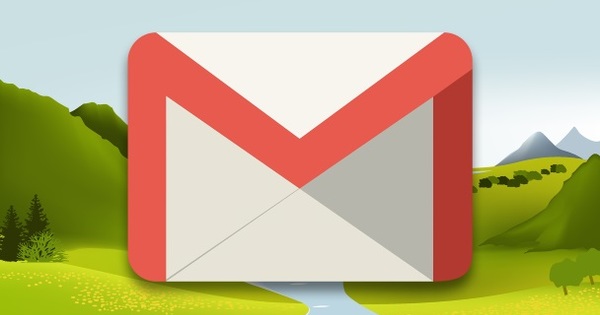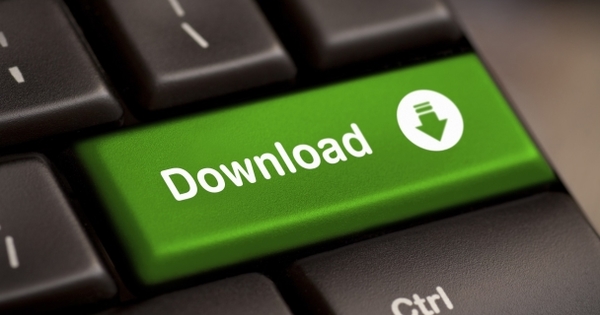You can specify a default program for each file type. As soon as you open a file, your favorite program will start automatically. Very handy, but what should you do if you want to use a different program? Or if to your shock the 'wrong' program is suddenly started? You can solve all this very easily in Windows 7.
1. Select program
As soon as you double-click on a txt file in Windows Explorer, it will almost certainly open in Notepad, while an html file will appear in a web browser. This is because Windows remembers which program you prefer to open it with for each file type. This link is often made as soon as you install a program. Fortunately, if you want to open a file with another program, you can still do that. For example, to prevent an html file from being opened in the browser when you don't want to view it, but edit it.
In Explorer, right-click the file and hover over the Open with option in the shortcut menu. A list opens where you can usually choose from a few programs. Is the desired program not listed? Then click on Select Default Program. The Open With window appears. Scroll down until you see the Other programs heading and click on the arrow next to it.

Choose the program you have in mind.
2. Set as default program
By default, there is a checkmark next to Always open this type of file with this program. This means that the program you have selected immediately becomes the new default program! If that is not the intention, you can quickly uncheck this box. It is a way to fix a wrong link. Is your choice not on this list? Then click the Browse button to navigate to the correct folder.
There is a second way to change the default program. In Explorer, right-click on a file again, but this time choose Properties . On the General tab, click the Change button. Again, the Open With window appears and you select a program in exactly the same way. The checkbox Always open this type of file with this program is already checked for you. From this point on, the file type will always open with the program you just chose.

A check mark indicates whether this is the new default program.
3. New File Type
To get an overview of all file types that Windows knows, click the Start button to the left of the taskbar. In the right column, choose Default programs and then the option Associate a file type or protocol with a program. You can modify it by double-clicking on a file type (also called an extension), or by selecting it and clicking the Change program button at the top. You do change the default program with it, so don't do this if you want to use the program once.
As soon as a program needs a new file type, it will arrange this itself, but you can also do it yourself via a small detour. Right - click on an empty spot in a folder and choose New / Text Document . Enter a file name with a new file type after the period and press Enter. Confirm that you want to keep this extension. Finally, right-click on the file, choose Open, and then Select a program from a list of installed programs .

You can also create a new file type.

